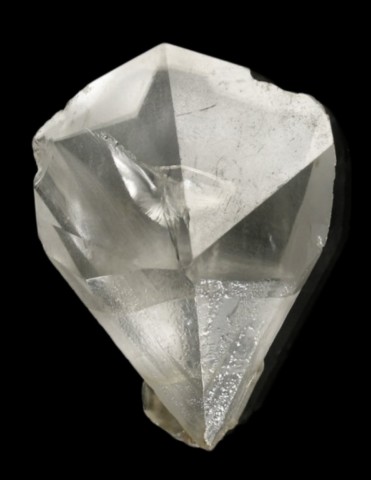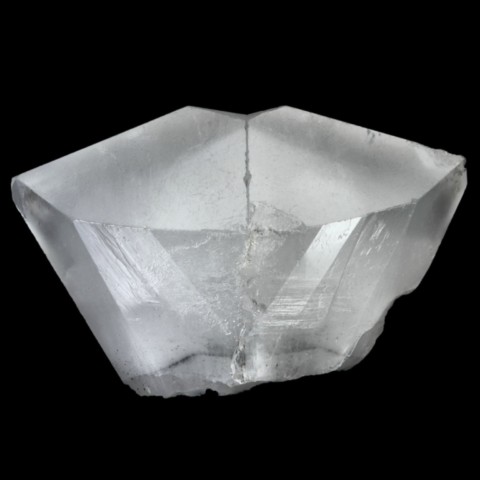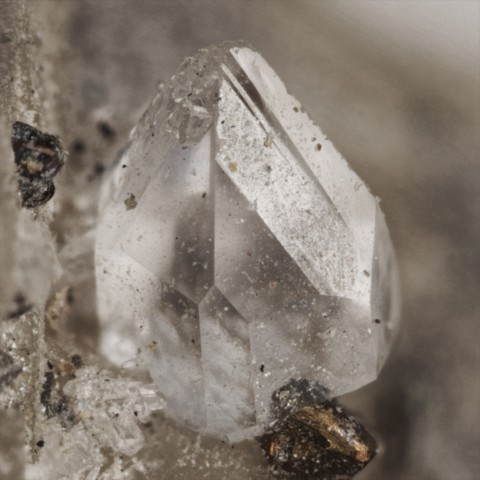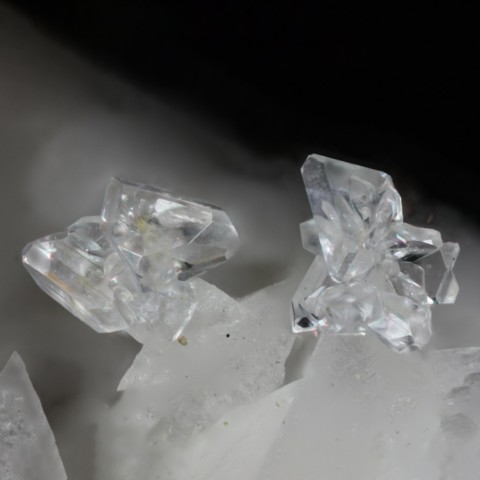WHEWELLITE
Class : Organic Compounds
Subclass : -
Crystal system : Monoclinic
Chemistry : CaC2O4 H2O
Rarity : Uncommon
Whewellite belongs to the mineralogical class of organic compounds. Despite this particularity, it is a mineral that is found in various geological contexts : coal deposits, septaria of marls, and even low-temperature hydrothermal veins. It was named in honor of the philosopher and scientist William Whewell, Professor at the University of Cambridge. Whewellite forms flattened crystals with triangular outlines, almost always twinned in the shape of a heart, easy to confuse at first glance with calcite. Whewellite is colorless to milky white, yellowish, rarely brownish. With a hardness of 2.5, it can be scratched with a fingernail. It is a common component of human urinary stones.
Main photo : 4 cm twinned whewellite from Recsk Mine, Hungary © Bela Feher
Weloganite in the World
Twinning
Twinning with {1-01} as contact plane is very common, with or without re-entrant angles, giving heart or prismatic shapes, and pseudo-orthorhombic appearance.
Fakes and treatments
No fakes listed for this mineral species.
Hardness : 2.5 to 3
Density : 2.21 to 2.23
Fracture : Conchoidal
Streak : White
TP : Translucent to transparent
RI : 1.489 to 1.650
Birefringence : 0.160
Optical character : Biaxial +
Pleochroism : None
Fluorescence : None
Solubility : Acids
Magnetism : NoneRadioactivity : None





